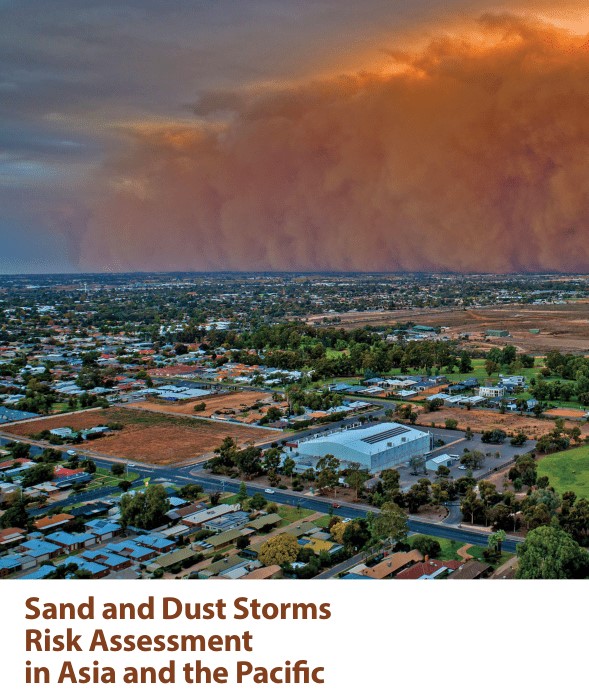PREVIOUS
Sand and Dust Storms Risk Assessment in Asia and the Pacific
September 11 , 2021
1045 days
741
0
- The findings were published in the Asian and Pacific Centre for the Development of Disaster Information Management (APDIM) report.
- APDIM is a regional institution of the United Nations Economic and Social Commission for Asia and the Pacific (UNESCAP).
- The report identified ’east and northeast Asia’, ’south and southwest Asia’, ’central Asia’ and the ’Pacific’ as the four main sand and dust storm corridors of Asia-Pacific.
- The region is the second-largest emitter of mineral dust.
- Sand and dust storms contribute significantly to poor air quality in Karachi, Lahore and Delhi in ‘southwest Asia’.
- Sand and dust storms are a transboundary meteorological hazard.
- Much of this dust is characterized by high salt content, making it toxic for plants.
- It reduces yield, posing a significant threat to the production of irrigated cotton and other crops.
- More than 500 million people in India and more than 80 per cent of the entire populations of Turkmenistan, Pakistan, Uzbekistan, Tajikistan and the Islamic Republic of Iran are exposed to medium and high levels of poor air quality due to sand and dust storms.
- Very high dust deposition also occurs in the Himalaya-Hindu Kush Mountain range and the Tibetan Plateau.
- This plateau is called ‘third pole’ that are the sources for fresh water for more than 1.3 billion people in Asia.

Leave a Reply
Your Comment is awaiting moderation.


